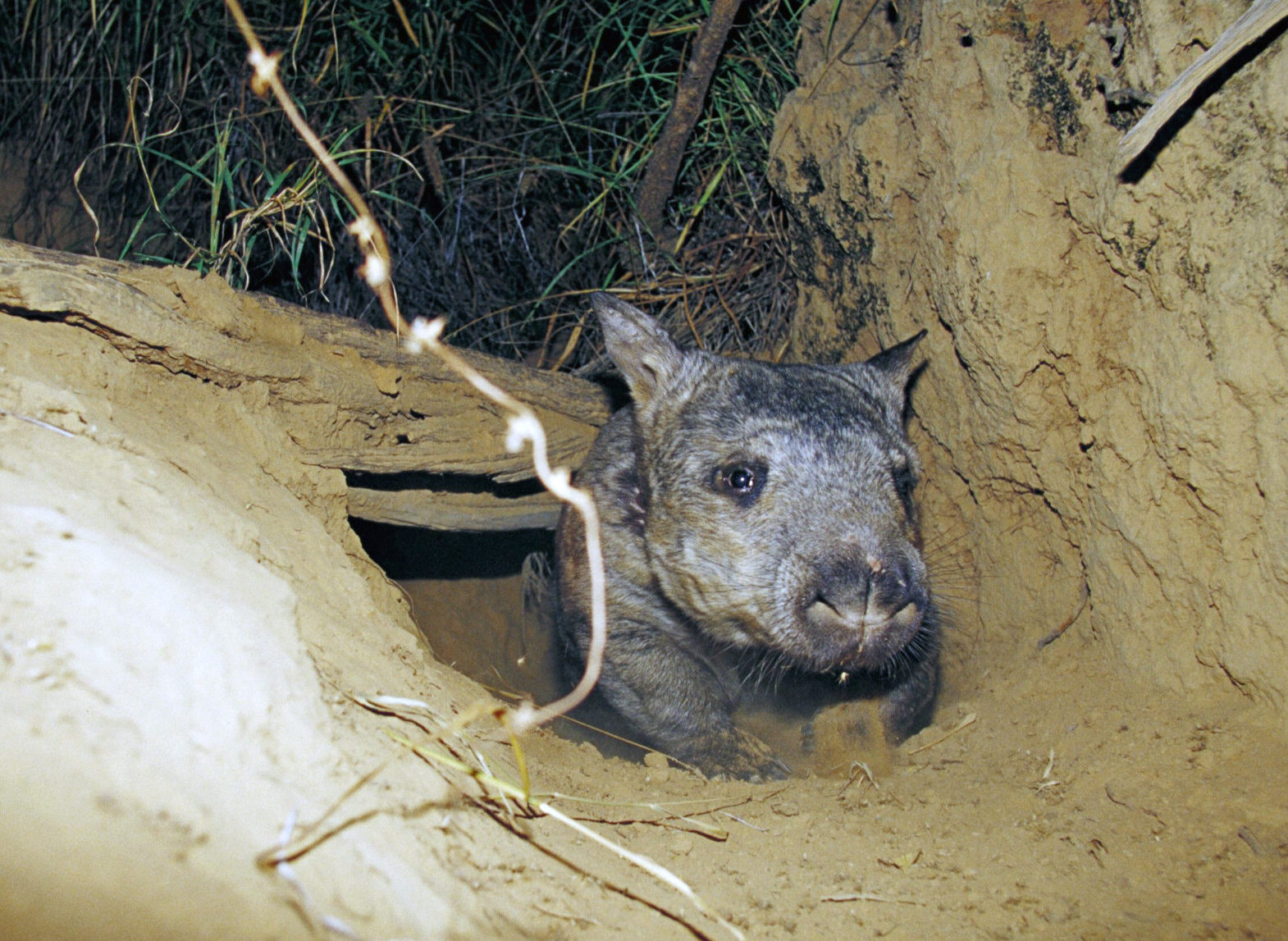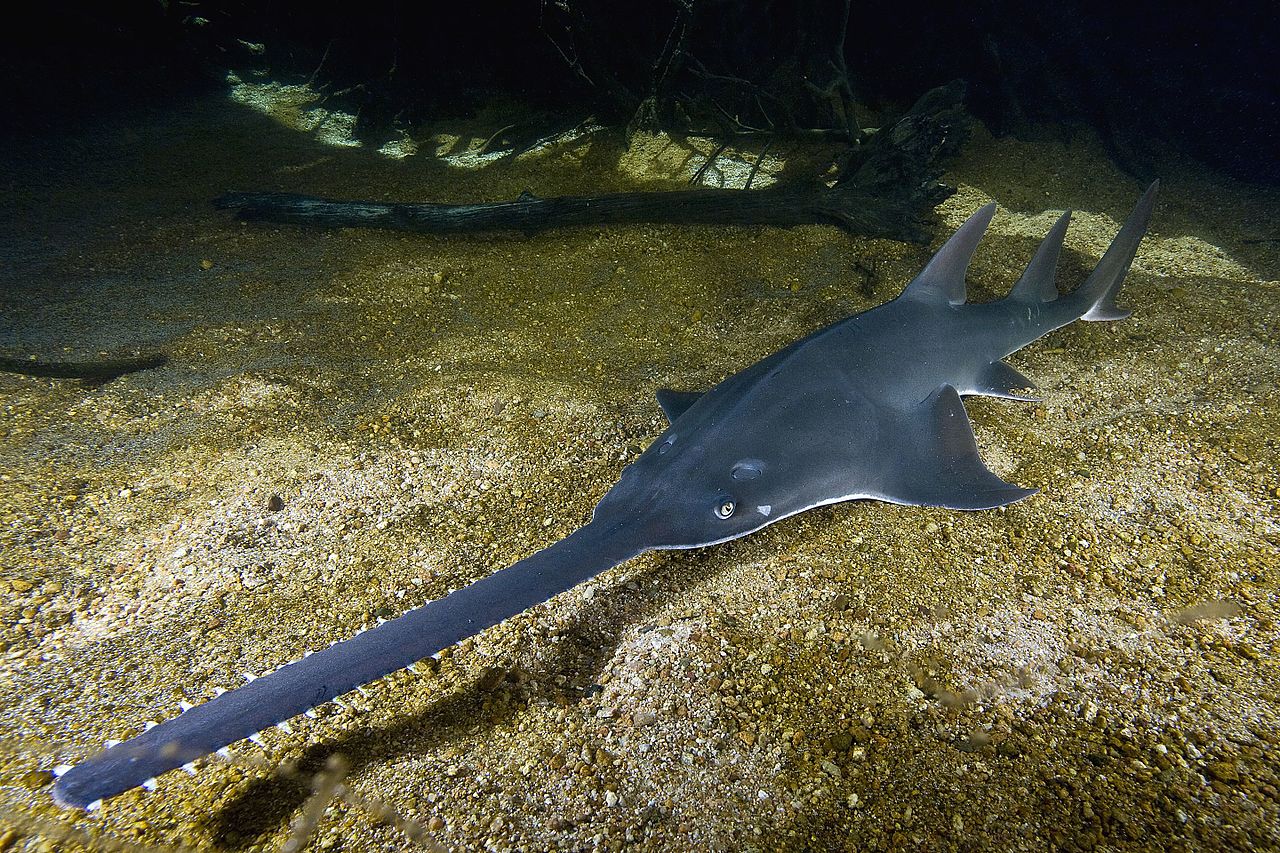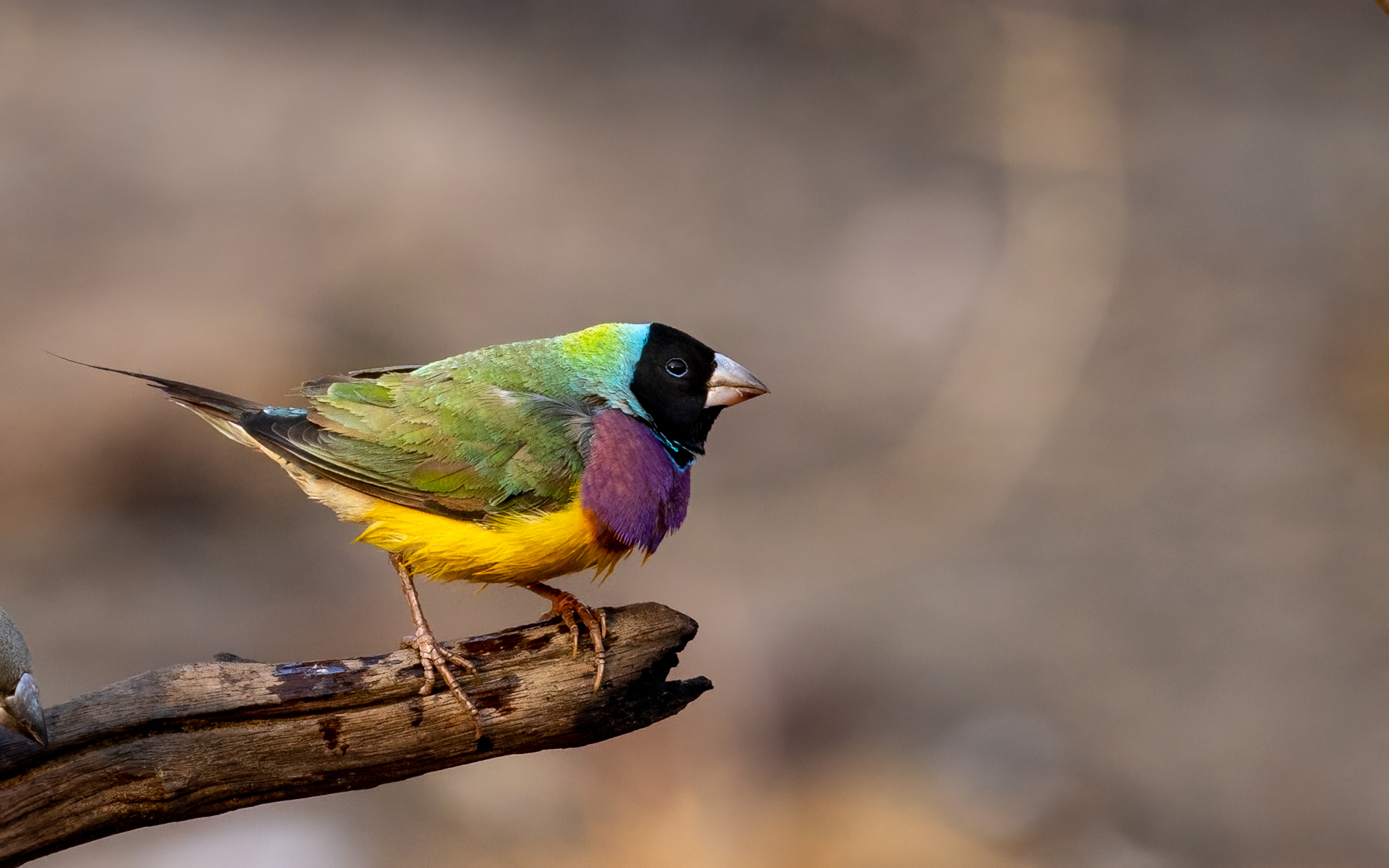| Common name | Australian brush turkey |
| Scientific name | Alectura lathami |
| Type | Bird |
| Diet | Insects, seeds, and fallen fruit |
| Average lifespan | Up to 12 years |
| Size | 60 - 75cm tall |
It’s not easy to love the Australian brush turkey, with its ugly red head covered in fine black hair and long, yellow dangling wattle (the fleshy lobe that hangs down from the base of its neck). Seemingly always making a mess in garden beds, playing chicken on roads, and eating any picnic food not fiercely protected, the common brush turkey has done a good job of damaging its own reputation. But when it comes to this native bird, it isn’t all bad news.
Traditionally found in rainforests and wet sclerophyll forests, but also living in drier scrubs, the brush turkey can be spotted along Australia’s east coast as high as Queensland’s Cape York Peninsula, all the way down to Sydney and the Illawarra regions of New South Wales.
One of the messiest eaters in the forest, brush turkeys break open rotten logs with their feet in search of insects and feast on seeds and fallen fruit after racking through leaf litter.
Male brush turkeys are the original compost makers, spending around a month layering leaves and dirt to make a mound the size of a car, to attract a mate. The mounds generate heat, which in turn incubates eggs laid by the several female brush turkeys who leave once their job is done. It’s the male’s role to protect the eggs (sometimes up to 50!) but once they hatch, he, too, disappears, leaving the brush turkey chicks to dig their way out of the leaf litter alone. Amazingly, chicks are fully feathered, can walk and are able to fly almost immediately after hatching and can independently fend for themselves.
This primitive nesting behaviour of dumping eggs in a nest mound and leaving them to hatch, aligns with the fact that brush turkeys are the most ancient member of the megapods bird family that dates back 30 million years and includes chickens, quails, peacocks, and pheasants. In fact, the process of egg incubation for the brush turkey is more closely aligned to the crocodile, than a normal bird.
In many parts of Australia, the brush turkey are totems for Aboriginal people and have slowly grown in numbers since native animals were nationally protected in 1972. Habitat loss and threats from both feral species as well as urban cats and dogs, are the brush turkey’s greatest danger, yet a brush turkey can escape a would-be predator, by instantly shedding all its tail feathers to avoid being grabbed.
Despite their mess-making tendencies and sometimes problematic nest mound location choices in urban areas, the brush turkey is a surviving relic from Australia’s bird history and learning to live with these messy gardeners is important for their continual survival.








